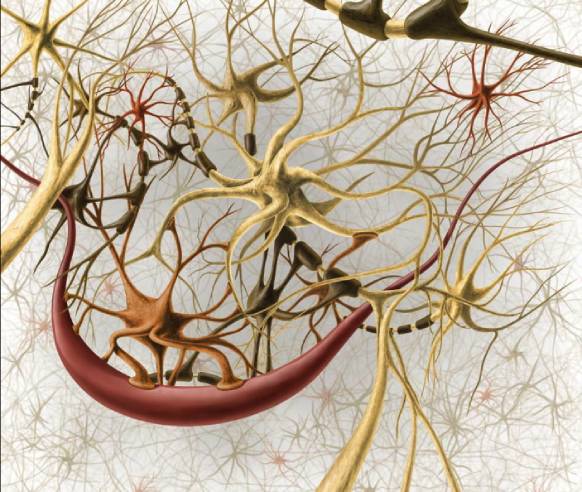One day soon you may be filling your lungs with crisp ocean air, your arms bathed in warm light as the sun sets over softly lapping waters and you may wonder, is this real? Or are scientists projecting holograms into my brain to create a vivid sensory experience that isn’t actually happening? A group of researchers at University of California, Berkeley are in the early stages of testing their ability to create, edit and scrub sensory experiences from your brain, both real-time and stored experiences: memories.
Using light to make us see what isn’t there.
Different sensory experiences show up in brain imaging as patterns of neurons firing in sequence. Neuroscientists are trying to reverse-engineer experiences by stimulating the neurons to excite the same neural patterns. At present, the steps to accomplish this are a little invasive. Scientists genetically modify neurons with photosensitive proteins so they can gingerly manipulate neurons using light. The process is known as optogenetics. Also, a metal head plate gets surgically implanted over the targeted area.
Then there’s the challenge of finding a way to bull’s-eye each individual, microscopic cell body without exciting neighboring neurons. Entercomputer generated holography (CGH) to create three-dimensional floating light shapes. The diffracted light-forms are projected into the brain, sailing through a gossamer layer of brain tissue at the surface of the cortex and triggering just the right pattern and rhythm of neural activity to generate specific sensations and perceptions. The holograms can stimulate, edit and suppress patterns of neurons that correlate with the brain activity of actual experiences.
“The major advance is the ability to control neurons precisely in space and time,” says Nicolas Pégard, one of the first authors of a paper in Nature Neuroscience today. “In other words, to shoot the very specific sets of neurons you want to activate and do it at the characteristic scale and the speed at which they normally work.”
Development of the device required imagination and a confluence of emergent technologies. “This is the culmination of technologies that researchers have been working on for a while, but have been impossible to put together,” says another of the first authors, Alan Mardinly. “We solved numerous technical problems at the same time to bring it all together and finally realize the potential of this technology.”
